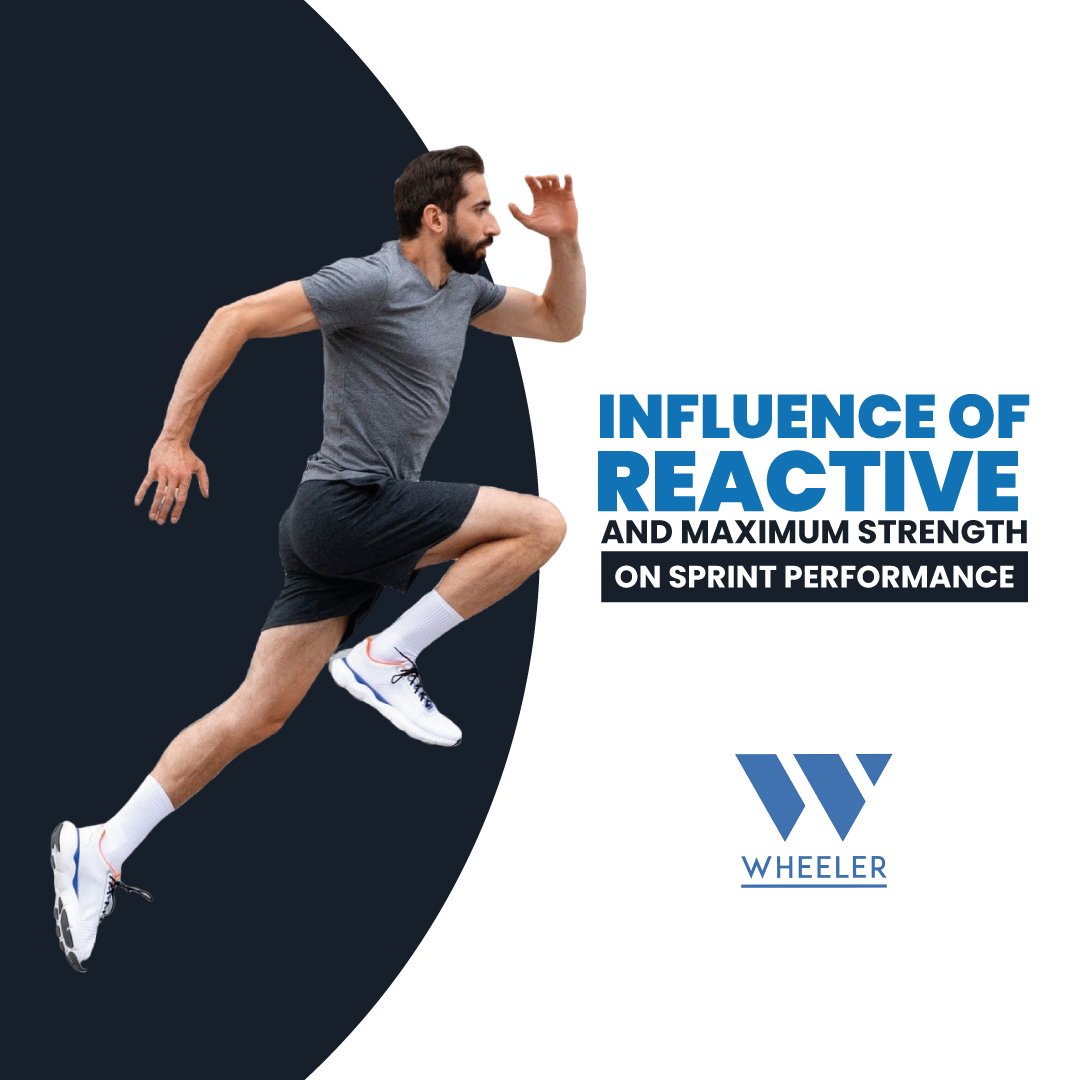When we talk about improving sprint performance, it’s essential to understand that it’s not just about running faster, but how the body can manage and generate force efficiently in a short period. In my experience working with athletes, one of the most determining factors in explosive speed is the ability to develop both reactive strength and maximum strength. These two qualities play crucial roles in enhancing sprint performance, and recent research supports this idea.
What is Reactive Strength?
Reactive strength refers to the ability of our muscles and tendons to generate force quickly after a rapid stretch, such as when the foot strikes the ground during a sprint. It is a fundamental part of the stretch-shortening cycle (SSC), where muscles stretch and then contract rapidly. For athletes looking to improve speed, developing reactive strength is critical because it directly affects ground contact time. The shorter the contact time, the higher the speed that can be achieved.In practical terms, I’ve noticed that athletes with well-developed reactive strength are better able to harness their muscle elasticity, allowing them to propel forward with more force and less time spent on each stride. Training this quality, for example, through plyometric jumps and rebound exercises, can have a direct impact on reducing ground contact time, optimizing sprint performance.
The Importance of Maximum Strength
On the other hand, maximum strength is the ability to generate the greatest amount of force possible in a specific action. Although it may seem less important in explosive, fast activities like sprinting, in reality, maximum strength provides the foundation upon which all other forms of strength are built. The greater an athlete’s capacity to generate maximum force, the greater their ability to apply force in the shortest possible time, which translates into better acceleration and final speed.I’ve worked with athletes who, after increasing their maximum strength in key movements like squats or deadlifts, showed significant improvements in their acceleration during the first few meters of a sprint. This is key because the acceleration phase is where most of the final speed is generated. Additionally, the ability to generate more force also helps them maintain that speed over longer distances.
The Relationship Between Reactive and Maximum Strength
Interestingly, these two strength qualities are intrinsically linked. Based on my experience and the research I’ve analyzed, maximum strength acts as a foundation for reactive strength. That is, to fully capitalize on the stretch-shortening cycle and generate force quickly, a high level of general strength is needed first. This doesn’t mean that training only maximum strength will automatically improve sprint speed, but without a solid foundation of maximum strength, it’s hard to improve reactive strength.In my work with athletes, I’ve observed that those who combine maximum strength training with reactive strength exercises, such as countermovement jumps, achieve faster and more significant improvements in their sprint performance. This combination allows the body not only to generate more force but also to use it more efficiently when needed, such as during a sprint.
Practical Application in Training
To improve both reactive and maximum strength, it’s important to design a training program that balances the two. For instance, in the early phases of preparation, I focus on developing maximum strength with exercises like squats, deadlifts, and leg presses. These exercises help build a solid strength base, which can later be translated into more explosive actions.Once an adequate level of maximum strength is achieved, it’s time to introduce plyometric and speed exercises to develop reactive strength. Plyometric jumps, such as depth jumps, help train the SSC and improve the athlete’s reaction time when touching the ground. Additionally, short sprints with resistance, like sleds or elastic bands, can be useful for improving maximum force application in dynamic situations.
It’s also essential to constantly measure and adjust these workouts. For example, a tool I’ve used to assess reactive strength is the countermovement jump (CMJ) test. This type of test gives us a clear idea of how the athlete’s body is using reactive strength and whether there is progress in its development.
Conclusion
Sprint performance doesn’t solely depend on running technique or the amount of cardiovascular training you do. Strength, both reactive and maximum, is a key component that directly impacts speed and efficiency in every stride. From my experience and recent research, it’s clear that an athlete who combines maximum strength development with exercises that enhance reactive strength can see substantial improvements in sprint performance.Incorporating this dual approach into training not only optimizes acceleration capacity but also allows for higher speeds to be maintained over longer periods. This is especially important in sports where sprinting is a fundamental part of performance, such as football, rugby, or track and field. In the end, a balanced approach between maximum and reactive strength will help you maximize performance and reach new levels of speed.
Author


